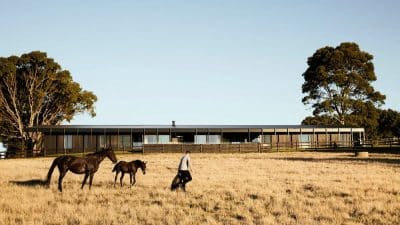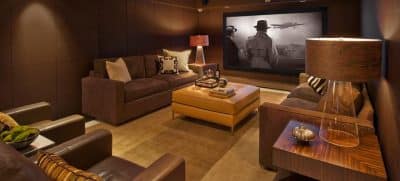
Interior design frequently focuses on achieving a desired aesthetic, but it’s also about creative self expression. A room with plenty of style (but no personality) can feel cold and lacklustre, but personal touches such as photographs, souvenirs and artwork can enliven the space and give it a feeling of home.
One way to do this is by using artwork. In interior design terms, this has a broad definition ranging from handmade collages to vintage maps, but for the purposes of this article here we’ll focus on framed paintings and prints and how these can be used to inform design choices throughout the rest of the room.
Finding Inspiration
From beautiful botanical wall art by the likes of Pierre-Joseph Redouté and Margaret Mee to fabulous Fauvists such as Henri Matisse and Kees Van Dongen, deciding on your preferred art style can feel somewhat intimidating, especially if you are just starting out.
There’s an array of online resources you can use, from social media channels showcasing up-and-coming artists, to websites that allow you to curate and collect your favorite works. Where possible, visiting galleries and local art shows allows you to see works up-close and personal.
Matching Art Styles to Interior Design
While using an eclectic mix of art styles is perfectly acceptable (provided it is intentional), some complement specific interior design styles especially well. Noting design elements like pattern, color, shape and texture can help inform things like wall color and furnishings.
Mid-Century Modern
This decor style was popularized from the mid-1930s to the mid-1960s. Abstract works that juxtapose clean lines with organic shapes and form with function reflect this style perfectly, adding a touch of authenticity.
Contemporary Modern
Again, the geometric lines and patterns found in mid-century modern design are well-suited to this style, but for more contemporary homes consider works with a sparser, more minimalist aesthetic and a more muted, neutral palette.
Coastal
For homes with a coastal theme, consider dramatic seascapes, or images such as seashells, or marine life. Colors in these works can range from light, breezy blues and and whites to more dramatic, dark Turner-esque color schemes, depending on your own preferences.
Rustic
Landscapes in earth tones or pieces incorporating elements of the natural world such as plants, trees or flowers can help to bring the outdoors inside, creating a cozy countryside feel. If you live in a rural area, consider artists from the past and present depicting local wildlife near you.
Traditional
Inspired by the stately European homes of the 18th and 19th centuries, traditional decor is typified by elegance, luxury and craftsmanship. Similarly, Victorian or Renaissance-style works, including portraits, landscapes and classic still-life arrangements can be used to complement the rich colors and attention to detail found in this particular style of art.
Final Considerations
When using wall art in your home, also consider scale (art is meant to be used as a focal point, but not the only focal point), and place it in a way that adds a sense of balance and visual harmony. Remember that heavier pieces need to be securely fixed to the wall to avoid falling.
Finally, leave plenty of space between pieces to avoid the overall look becoming too cluttered and consider layering your art work with contrasting multimedia pieces such as sculptures to create added visual interest.








